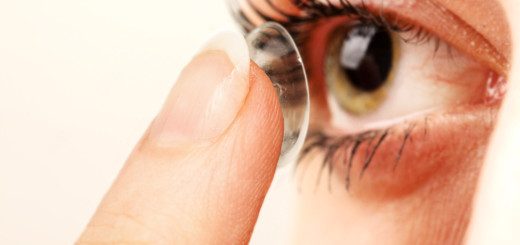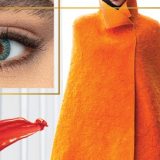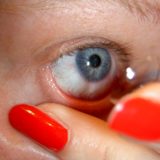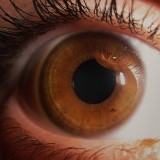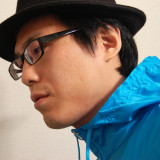Optical Illusions and How They Work: Color Illusion
Optical Illusions & How They Work
This summer our family visited Wonderworks—a crazy science museum where, from the outside, the entire building looks upside down. The first thing visitors must do when they enter the museum is be “transformed” to be able to enjoy the museum upside down. My children were a little frightened by this concept at first. Once we entered the Inversion Tunnel, I explained to them that we were just in the middle of a giant optical illusion.
Yes, it looked and felt like we were being turned upside down! In truth, we were only walking across a small, catwalk-type bridge inside of a type of spinning tunnel. The floor and ceiling, covered in a distracting swirl patterned fabric, moved around us as we walked on the tunnel. If you focused on the moving pattern around you, you felt like you were turning upside down. We actually remained upright as the walls and floor moved over and below us. Here is a video someone recorded that shows the illusion in action!
Our brains and eyes were tricked into feeling upside down because of what we saw around us. This is a classic optical illusion.
Optical illusions happen when our brains take shortcuts. In other words, when our brain sees something familiar, it tries to process what’s happening quickly. It saves us some energy, but filling in the blanks and assuming isn’t always right! In the case of optical illusions, the brain isn’t delivering messages about reality correctly. It delivers a false perception. The brain is deceived.
Color Illusions
While some optical illusions can trick our brains into seeing motion, like the tunnel at Wonderworks, other illusions can trick our brains into thinking that they see different colors. A color illusion takes advantage of something called the “afterimage” effect on the retina. The cones in the back of the retina are desensitized to color after a certain length of staring time, and then when the image is viewed again, even in black and white, the brain projects color into what it sees. This type of color illusion, where our brain projects color into a picture after intentional exposure to the same image in color, is called the McCollough Effect.

This isn’t the only time the brain does this type of “fill in the blank.” When you look at a checkerboard pattern for example, you expect to see darker and lighter colors. When an illusion presents that pattern, the brain fills in the missing information.

Remember the debate over whether ‘The Dress’ was white and gold or blue and black? This is the same type of illusion. The ways our brains and eyes work together is truly amazing, but optical illusions teach us one important lesson: they can’t always be trusted!
For more examples of a color illusion, click here!
Photos courtesy of www.brainden.com

